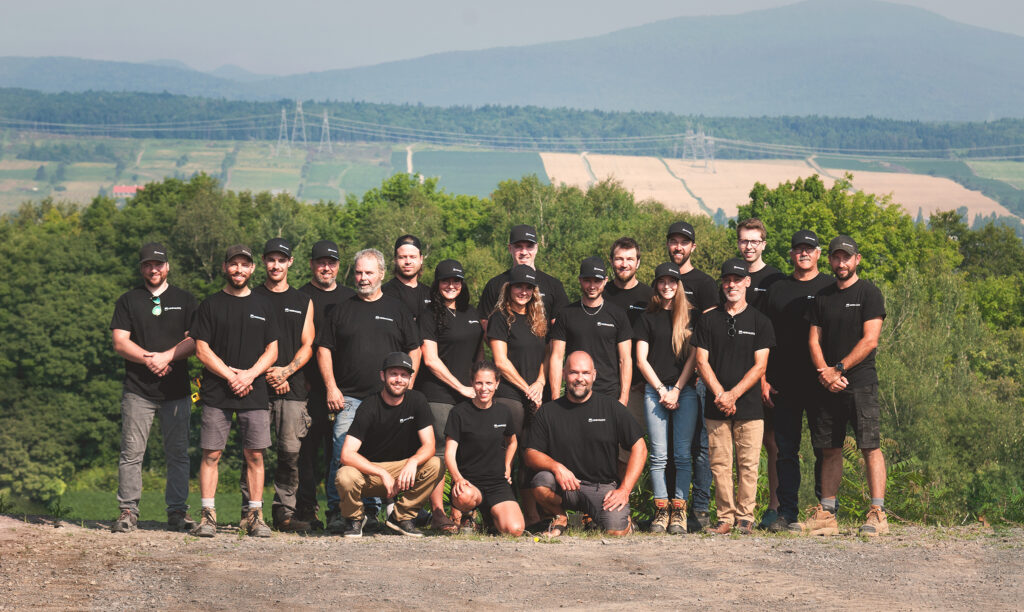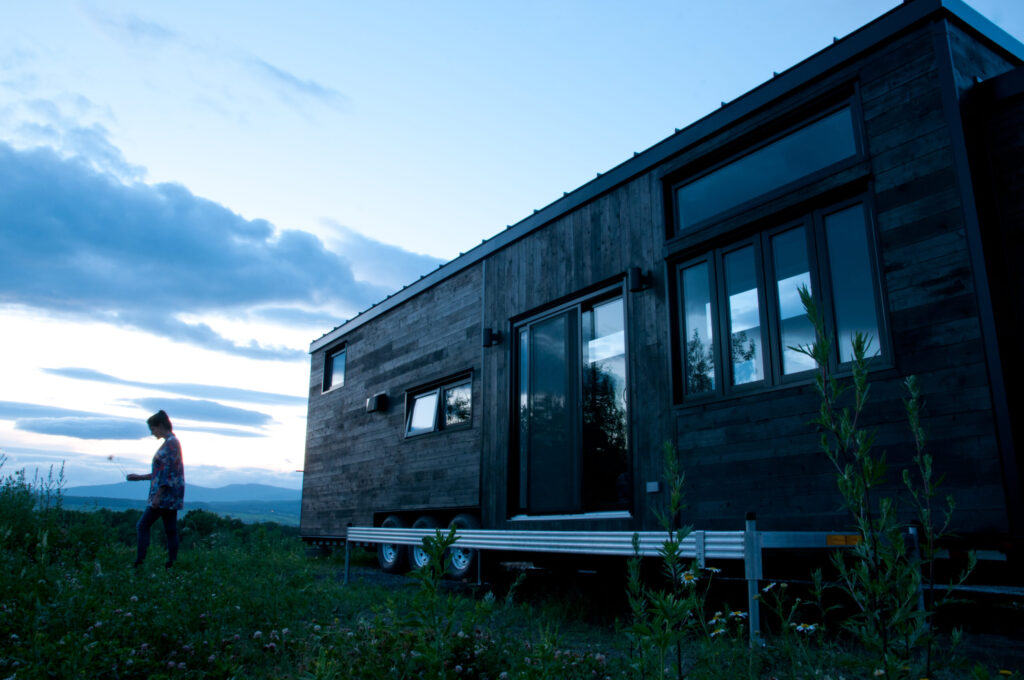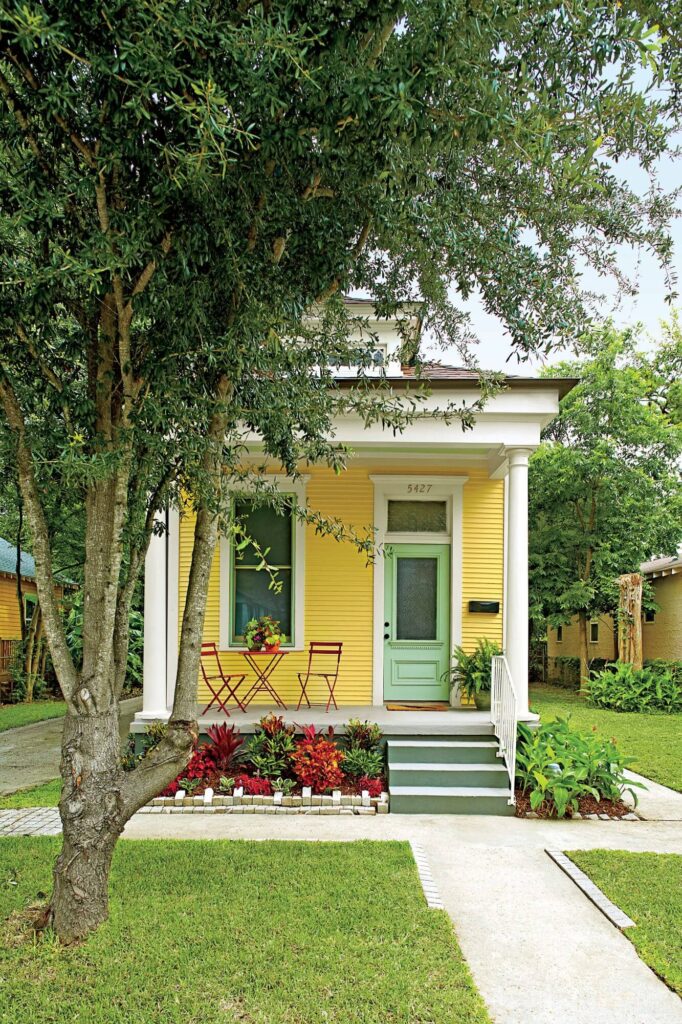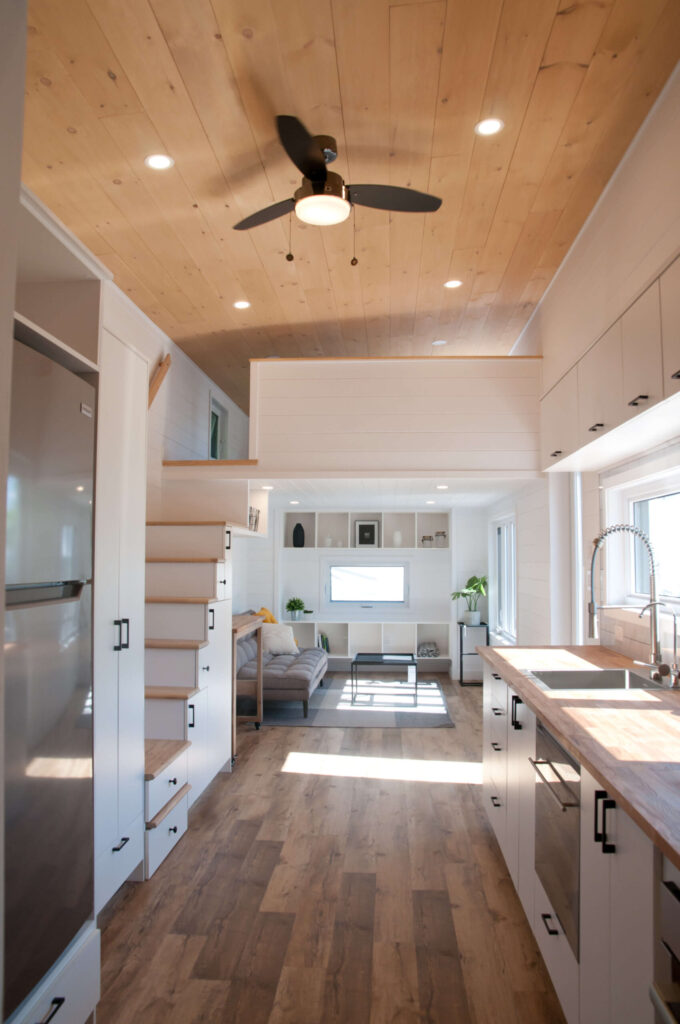In the 1980s, the rise of tiny houses began. As more information about the benefits of living smaller was discussed, its popularity rose, taking off in the 1990s. During the 2008 recession, tiny house popularity hit a new wave as people were interested in a more affordable way to live. Since then more waves of the tiny house movement have interested different social groups like sustainable, eco-friendly, and money-savvy individuals. In this blog, we’ll cover the rise of tiny houses, their history, and sustainable efforts.
So, what are tiny houses?
Wikipedia defines the tiny-house movement as an architectural and social movement advocating downsizing your living space and living with less. For a building to be considered a tiny house, the size would be at a maximum of 600 square feet, but the average size is usually 225 square feet. Sounds very small compared to the 2,500-square-foot house we are used to in America
Before the tiny house, there was the shotgun shack. These houses were built in rural and city areas and were mainly used by Black Americans from the early 1900s until the 1930s. You could find shotgun shacks in places like New Orleans, Texas, and North Carolina. Some of these shotgun shacks are still around today.
By living smaller, a tiny house’s ecological footprint is significantly different from that of a modern-day house. The difference is significant from the number of materials used to make the homes to the energy used in heating and cooling the homes. By downsizing, many people reduce their energy consumption by almost 50%. Household energy is one of the five main contributors to carbon footprints next to transportation, consumption, and food.
According to Comfy Living, 63% of millennials would consider buying a tiny house, 63% of people living in tiny houses are mortgage-free, and the increase of tiny house sales increased by 67% in 2017.
Minimaliste
Many companies have emerged from the tiny house movement, and one of my favorites is Minimaliste. This Quebec, CA-based company is on a mission to democratize and make tiny houses shine. Starting in 2015, this company began its journey of enhancing the North American tiny house experience. Since then their clientele has grown tremendously, averaging about 50 emails per week since 2018. Their social media following has seen growth as well, with a difference of 25k followers in two years for a total of 117k by 2021. Jean-Philippe Marquis who is a partner and developer with Minimaliste was kind enough to give us more insight into the tiny house world as it pertains to their business.

Where have you seen growth in social media and clientele?
There was a significant increase in social media in the past years, but in terms of clientele, we went from getting emails from people who were mostly curious to people who were better informed when contacting us, which we think is a real sign of the movement getting more established and recognized.
What products do you use to make your houses ecologically friendly?
The ecological aspect of our tiny houses is definitely the increased energy efficiency we are able to get by using the proper materials and techniques, resulting in a reduced ecological footprint and energy consumption. Also, our houses are built with minimum waste and the wastes are mostly repurposed.

What makes Minimaliste different?
Minimaliste mostly stands out by its authenticity and attention to detail, not only for what is seen on the finished product but throughout the whole building process. Staying true to their core values
the team is putting efforts to make some of the most durable tiny houses on the market. Educating and informing tiny house enthusiasts is also a distinctive element.
What are Minimaliste’s long-term goals/missions?
Our mission is to democratize tiny houses all over North America and create love at first sight for our customers. We want to bring Minimaliste as far as we can, without sacrificing quality over quantity.
We want to thank Minimaliste and Jean- Philippe for contributing to this blog. Keep up with Minimaliste on their Instagram, Facebook, Pinterest, YouTube, and website.
Would you live in a tiny house? Do you have one already? What did you learn from this blog? Let us know in the comments, we love hearing your feedback.
As always, you can keep in contact with CADA on our Instagrams; @cada_consult and @cada_culture, our Pinterest, and our TikTok.



